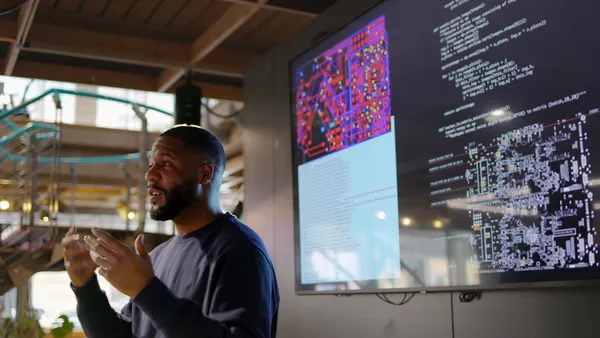Dive Brief:
- As new learning models and strategies ask educators for more time, microcredentials provide a convenient method of picking up specific new tech skills in a less time-intensive manner than other more traditional professional development methods, according to EdTech: Focus on K-12.
- In approaching microcredentials, educators should first consider what they want to achieve; how certain skills might help them better serve various student groups, like those on the autism spectrum; and how it might fit into school- or district-wide goals.
- Effective microcredential use will also require secure and reliable cloud access, an efficient way for educators to document evidence of learning, and the possibility of transforming badges and other microcredentials into continuing education credits.
Dive Insight:
As the K-12 school model shifts, traditional one-size-fits-all professional development (PD) approaches are quickly becoming as obsolete as the same factory assembly line approaches that are falling by the wayside for students. With microcredentialing, administrators have the opportunity to personalize PD for teachers, who can then build the skills they need the most or that most benefit their students.
Educators on a panel at SXSWedu in 2017 noted that the approach can also prevent boredom and burnout, and encourage more creative ideas, than a standard sit-and-get, mass lecture PD approach.
Benefits of the approach can further be maximized while avoiding one-size-fits-all models if educators interested in the same skills are clustered into groups to pursue these credentials, simplifying the process and creating pockets of expertise that can then further disseminate that knowledge among peers in their school or district. And, depending on the cost of the microcredential program, doing so could make it easier to stretch PD funds further and offer more professional learning opportunities than if they were spent on larger, broader programs.













